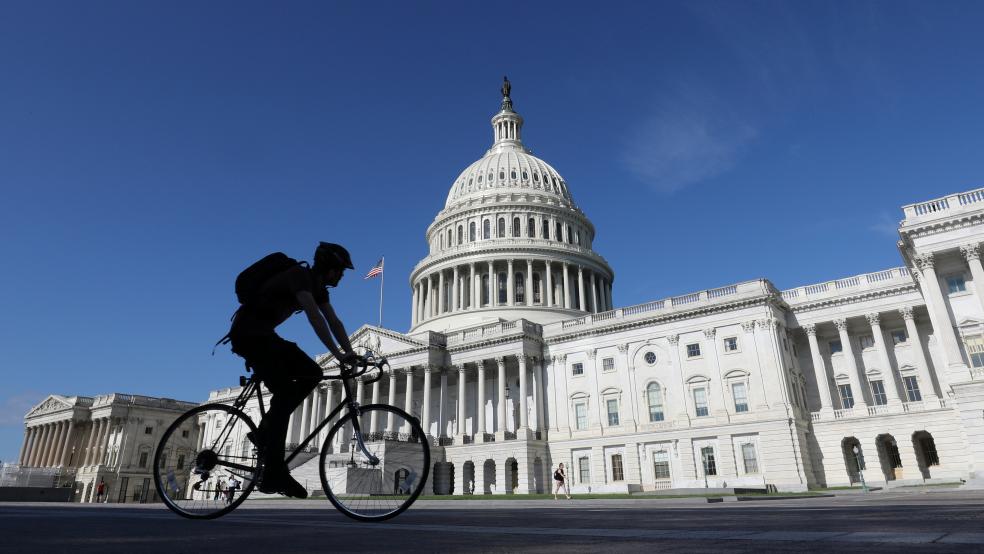The Senate returned to Washington today, 41 days after its last vote, and the House will return next week. Lawmakers have an enormous amount of work to do before the end of the month, and very little time to do it. Here are some of the major items on Congress’s to-do list:
* Fund the federal government. With the fiscal year ending on September 30, lawmakers need to find a way to prevent a government shutdown on October 1. It would be nearly impossible for Congress to pass the 12 appropriations bills that fund large parts of the government each year before the end of the month, so a short-term budget deal that maintains funding at current levels, known as a continuing resolution (CR), is the likely path forward. Even that common outcome could be problematic, though, with lawmakers wrangling over just how long the CR should last. To please conservatives who want to avoid a spending bill holiday rush, the CR could end up lasting just a few weeks.
* Pass a supplemental funding package. The White House has requested $44 billion in supplemental spending, including $16 billion (up from $12 billion) for disaster relief, $24 billion in military and humanitarian aid for Ukraine, and $4 billion for additional security at the U.S.-Mexico border. Conservatives may resist most if not all of that extra spending, though the need for additional disaster relief could help move a larger package along.
* Address expiring programs. Numerous programs are running up against deadlines, including flood insurance, FAA authorization, the farm bill (which is mostly food aid) and a child-care “cliff” involving the expiration of $24 billion in federal aid passed during the pandemic.
Complicating these already complicated tasks will be a political environment that isn’t getting any easier as House Republicans push for an impeachment investigation of President Joe Biden and members of both parties start to rev up their reelection efforts. It could be a very long couple of weeks.




